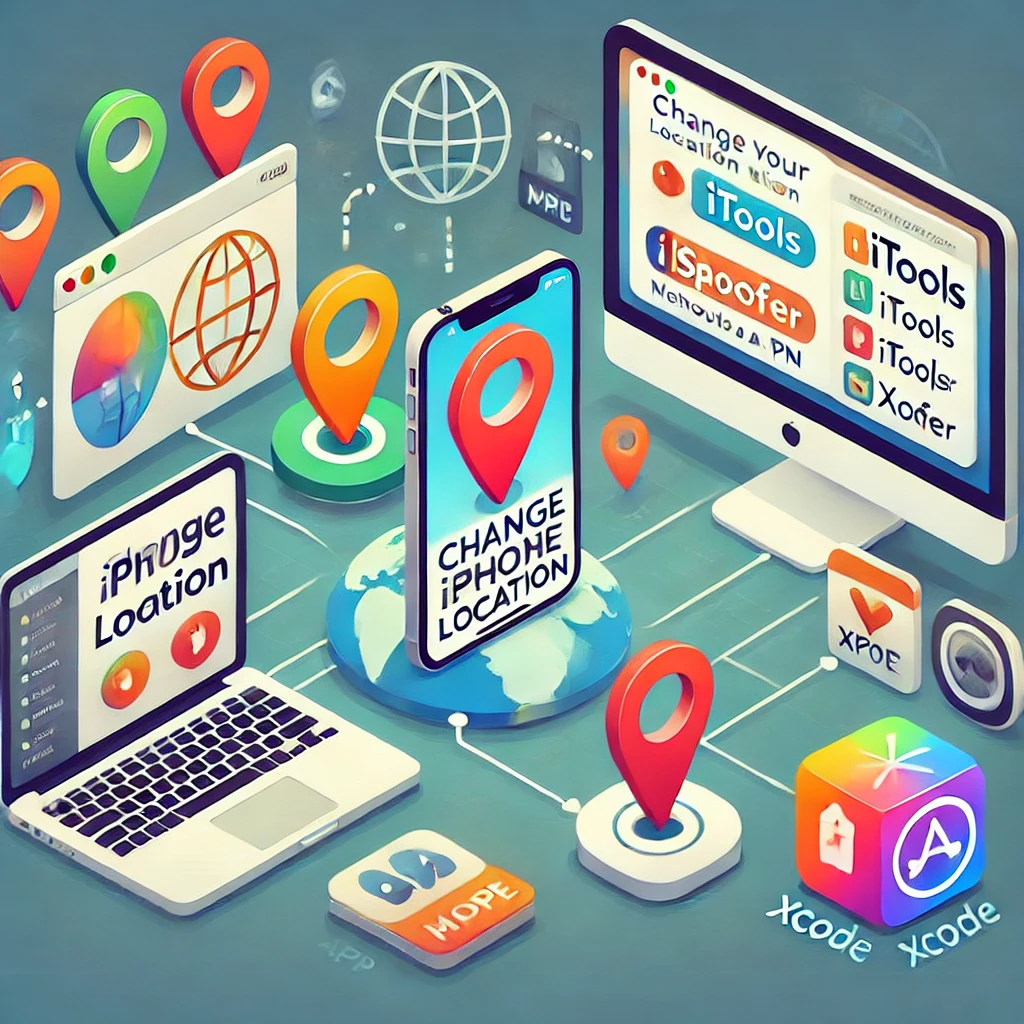In 2024, one of the key advancements in dropshipping is the rise of automation tools that streamline much of the operational workload. Automation platforms like Auto DS, Oberlo, and DSers have made it easier than ever to manage inventory, track orders, and automate product listings across multiple platforms. These tools allow dropshippers to save time by syncing supplier inventories in real-time, automating price adjustments, and even handling customer service. By integrating automation tools, you can focus more on marketing and scaling your business rather than getting bogged down in the logistical details. Utilizing these tools from the start can give you a competitive edge and make it easier to manage a growing dropshipping business efficiently.
Step 1: Understand the Dropshipping Business Model
Dropshipping allows you to sell products without needing to keep them in stock. Instead, when a customer orders a product from your store, you purchase the item from a third-party supplier who ships it directly to the customer. Your profit comes from the difference between the price you charge the customer and the cost from the supplier.
This business model minimizes risks associated with traditional retail, such as holding large amounts of unsold stock, and allows you to focus more on marketing and scaling your business.
Step 2: Choose a Niche
Selecting the right niche is critical to your dropshipping success. A niche allows you to focus on a particular segment of the market, making it easier to target your audience. When choosing a niche:
- Look for demand: Conduct research to see what products are in demand. Use tools like Google Trends or product research platforms like AliExpress or SaleHoo.
- Consider profit margins: Ensure the products in your niche have a decent profit margin. Typically, products with a 30-50% markup potential are ideal for dropshipping.
- Find something you’re passionate about: It’s easier to sell products when you’re genuinely interested in the niche.
Step 3: Research Competitors
Once you’ve selected a niche, you need to analyze your competition. Look at other dropshippers or online stores in your niche to see how they price products, what marketing tactics they use, and what products are performing well. Understanding the competitive landscape will help you position your store effectively and identify ways to differentiate your business.
Step 4: Find a Reliable Supplier
Finding a trustworthy supplier is one of the most crucial aspects of dropshipping. A reliable supplier will provide quality products and fast shipping, which are essential for customer satisfaction. Some popular platforms for sourcing suppliers include:
- AliExpress: A well-known platform for sourcing a wide variety of products at low costs.
- SaleHoo: A supplier directory with thousands of verified wholesalers and dropshippers.
- Spocket: A dropshipping platform that connects you with suppliers from the US and EU for faster shipping.
Make sure to vet your suppliers carefully, reading reviews and understanding their shipping times and product quality.
Step 5: Set Up Your Online Store
Once you have a niche and supplier, it’s time to build your store. Several e-commerce platforms make it easy to set up a dropshipping store:
- Shopify: One of the most popular platforms for dropshipping due to its ease of use and integration with apps like Oberlo, DSers, and Spocket.
- WooCommerce: A WordPress plugin that offers flexibility and control over your online store.
- Wix: A user-friendly platform with dropshipping capabilities for those who want a more customizable design.
Choose a platform that suits your technical skill level and offers features to support your dropshipping business.
Step 6: Market Your Store
Marketing is key to driving traffic to your store and generating sales. There are several ways to market your dropshipping business in 2024:
- Social Media Advertising: Platforms like Facebook, Instagram, and TikTok allow for targeted ads that can help you reach your ideal customers.
- SEO and Content Marketing: Create blog posts or product descriptions that rank well on search engines like Google to attract organic traffic.
- Influencer Marketing: Partner with influencers in your niche to promote your products to a larger audience.
Step 7: Optimize and Scale Your Business
Once you start making sales, your focus should be on optimizing your business. This includes improving your website, enhancing customer service, and refining your marketing strategies. Use analytics tools like Google Analytics and Shopify reports to track which products are performing best and which marketing tactics are most effective.
As your business grows, consider adding more products, experimenting with new marketing channels, and expanding to new regions to scale your dropshipping business further.
Conclusion
Starting a dropshipping business in 2024 is an excellent opportunity for entrepreneurs who want to enter the world of e-commerce with minimal risk. By selecting the right niche, finding reliable suppliers, building a user-friendly online store, integrating automation tools, and executing effective marketing strategies, you can create a successful dropshipping business that thrives in today’s competitive market.


